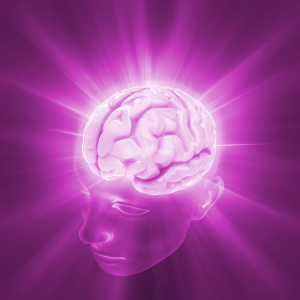 It’s been said that Professor Brian Cox has a brain the size of a planet, but you don’t need to look to the heavens to revel in numbers of astronomical proportions.
It’s been said that Professor Brian Cox has a brain the size of a planet, but you don’t need to look to the heavens to revel in numbers of astronomical proportions.
Look inside his skull and you’d find 100 billion neurones plus another 100 billion supporting cells, which together form the blancmange that is the brain. And yes, yours is pretty much the same as his.
Somehow from this pink confection our consciousness arises, enabling us to decide whether or not to switch from ‘Downton Abbey’ to ‘Celebrity Fridge Magnet’, and generally interact with the world.
Think (doh!) of the brain–body coordination required to do something as simple as tying your shoelaces and you’ll be thankful that you’re not in charge of the task!
Brain damage and disease
Things can and do go wrong. Chances are you will have someone close who has experienced a major stroke or has a neurodegenerative disease, such as Alzheimer’s or Parkinson’s disease.
The neuropathology of the brain is the focus of intense research but despite billions of pounds invested in blue-sky research and drug development projects, we’re little better than numbskulls when it comes to cures for the neurodegenerative diseases.
Treat-to-target
You may be surprised to learn that multiple sclerosis can be included on the list of neurodegenerative diseases. Here at Oxford PharmaGenesis, we’re supporting communications related to brain shrinkage in multiple sclerosis, a subject that is often side-lined when patients are advised on therapy choices.
In addition to relapses and disability progression, which clearly impact on the everyday activities of patients with multiple sclerosis, clinicians use brain lesions, detected by MRI, to assess disease activity. Brain shrinkage, also known as brain atrophy or brain volume loss, is the fourth important component of the disease, which relates to the patient’s long-term prognosis.
If a treatment eliminates or, in the case of brain volume loss, reduces these four measures, the patient is said to have achieved a status of ‘no evidence of disease activity’. It is hoped that clinicians will adopt this treatment goal in order to maintain what matters to patients – their physical and cognitive well-being.
